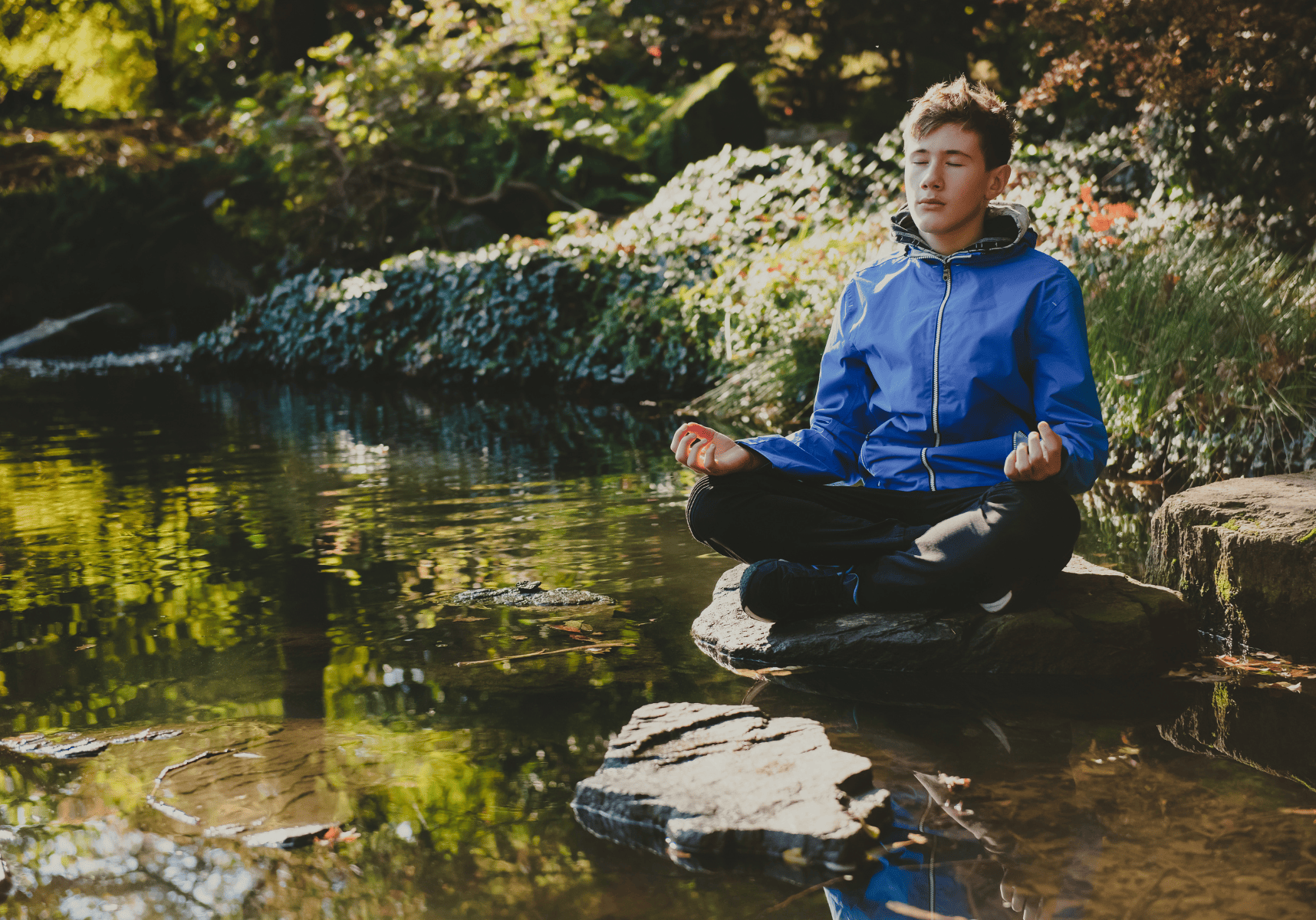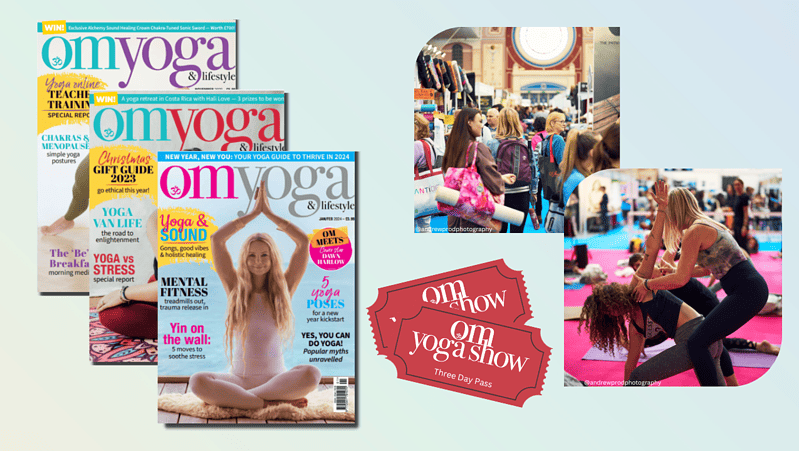
Yoga's Role in Empowering Young People Amidst Rising Crime Rates
Harnessing the Transformative Power of Yoga to Cultivate Resilience and Inner Peace Amongst Vulnerable Youth - By Charlotta Martinus
Reading time: 3 minutes
As parents and yoga therapists, our concern for the well-being of young people is heightened by the sobering statistics surrounding youth crime rates, both in the United Kingdom and abroad. Recent data paints a troubling picture: in the UK, youth crime has been on the rise, with a significant increase in offences such as knife crime, drug-related incidents, and gang violence.
According to the Office for National Statistics (ONS), the number of offences involving knives or sharp instruments committed by young people aged 10 to 17 has surged in recent years, reaching a record high in 2020. Similarly, figures from the Metropolitan Police reveal a concerning rise in violent crime among teenagers, with many incidents linked to factors such as poverty, social exclusion, and lack of access to support services.
These trends are not unique to the UK; youth crime is a global issue that transcends borders and cultures. In the United States, for example, the Centers for Disease Control and Prevention (CDC) reports that homicide is the second leading cause of death for young people aged 10 to 24, with rates disproportionately affecting minority communities and urban areas.
In developing countries, socioeconomic disparities and lack of opportunities exacerbate the risk factors associated with youth crime, leading to higher rates of delinquency, substance abuse, and involvement in criminal gangs. According to the United Nations Office on Drugs and Crime (UNODC), young people living in poverty are more likely to engage in criminal behaviour, perpetuating cycles of violence and social instability.
Amidst these troubling statistics, the transformative power of yoga emerges as a beacon of hope. Research conducted both in the UK and abroad has demonstrated the positive impact of yoga on reducing risk factors associated with youth crime and promoting positive social and emotional development.
A study published in the British Journal of Sports Medicine found that participation in a school-based yoga programme led to significant improvements in emotional well-being and behaviour among young people, including reduced aggression and increased self-regulation.
Similarly, research conducted in the United States has shown that yoga interventions can effectively reduce symptoms of trauma and PTSD among at-risk youth, providing a vital tool for healing and recovery.
Beyond the statistics, yoga offers profound teachings on finding peace within and acknowledging all parts of ourselves, including the destructive. This radical acceptance is central to yoga philosophy, which teaches that true healing and transformation occur when we embrace the full spectrum of human experience.
Through practices such as mindfulness, meditation, and self-reflection, young people can learn to cultivate inner peace and resilience, even in the face of adversity. By acknowledging their thoughts, emotions, and behaviours without judgment, they can develop a deeper understanding of themselves and their motivations, paving the way for positive change and growth.
As parents and yoga therapists, we have a responsibility to harness the potential of yoga to empower young people and create a culture of harmony and joy. By integrating yoga into educational curriculums, community programmes, and therapeutic interventions, we can provide young people with the tools and resources they need to navigate life's challenges with resilience and integrity.
Together, let us work towards a future where every young person has the opportunity to thrive, free from the shadows of crime and violence. Through the transformative power of yoga and its radical teachings of self-acceptance and inner peace, we can nurture harmony, joy, and well-being among young people, paving the way for a brighter, more hopeful tomorrow.







